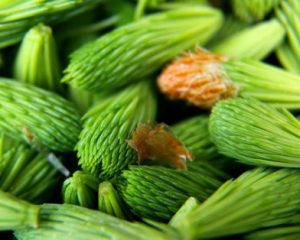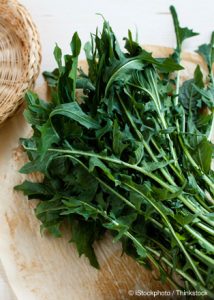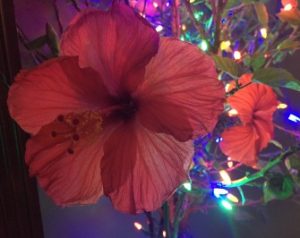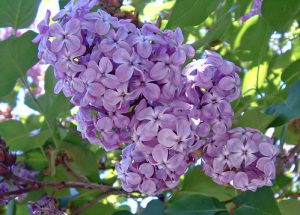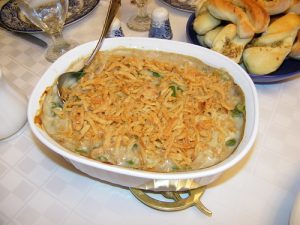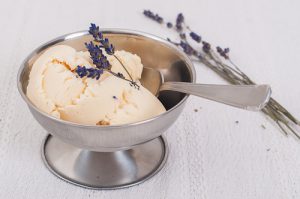Being on vacation in Alaska means I see fireweed all around me. It also means many Alaskans are talking about or making fireweed honey, syrup, jelly… whatever. Fireweed is ubiquitous everywhere at this time of the year. And everyone knows that the taller the blooms, the later in the season it is. When the bloom hits the top, summer is over. In other words, is a measure of the season.
Jelly is delicious when made with fireweed, but making honey is what many do instead. Unlike honey that bees make, fireweed honey is really a simple syrup infused with the flower. And not only can this honey be used for biscuits, hot tea and the like… one can also use it in place of regular simple syrup in any drink recipe.
FIREWEED HONEY
50 red clover flowers
10 white clover flowers
25 fireweed flowers
1/4-1/2 cup karo syrup
5 cups sugar
3 cups water
3/4 tsp alum
1. Wash blooms in cold water and gently shake off excess water. A salad spinner is awesome for this purpose. Otherwise, let the blooms dry off on some paper towels. Make sure the blooms are insect free. And pick over to remove any green parts, otherwise your honey will taste grassy or “green.”
2. Put syrup, sugar, water and alum into a pan and boil for 10 minutes. Take off heat.
3. Add the cleaned, dry blossoms to pan and let steep for at least 10 minutes. You can let this steep up to 3 hours. The longer the steep, the more fireweed flavor will be imparted.
4. Strain through cheesecloth or a strainer lined with a paper towel. You want to remove any little bits.
5. Pour into jelly jars for water bath process. Boil for 10 minute before sealing lids. You can skip the water bath stage if you use the honey quickly. However, you will have to keep it refrigerated. Water bath processing will allow you to keep the honey for at least a year in the pantry.
*Note: you can omit the corn syrup- I use golden syrup from England, if you like. However, the corn syrup prevents sugar crystals from forming.
**Pro-tip: adding in corn syrup to any sugar recipe will help retard sugar crystal formation. I add in 1/4-1/2 cup to my sorbets. If you’ve ever eaten home made sorbets, water/sugar crystals can form making the mouth feel of the sorbet not quite right. Add in some corn syrup and you will have velvety sorbet. This holds true for regular simple syrups, as well as this delicious fireweed “honey.”
Make a batch. And share it. Puts some in your tea when you are curled up with a good book. Or add it to a cocktail when you are wanting something special to celebrate someone special.






